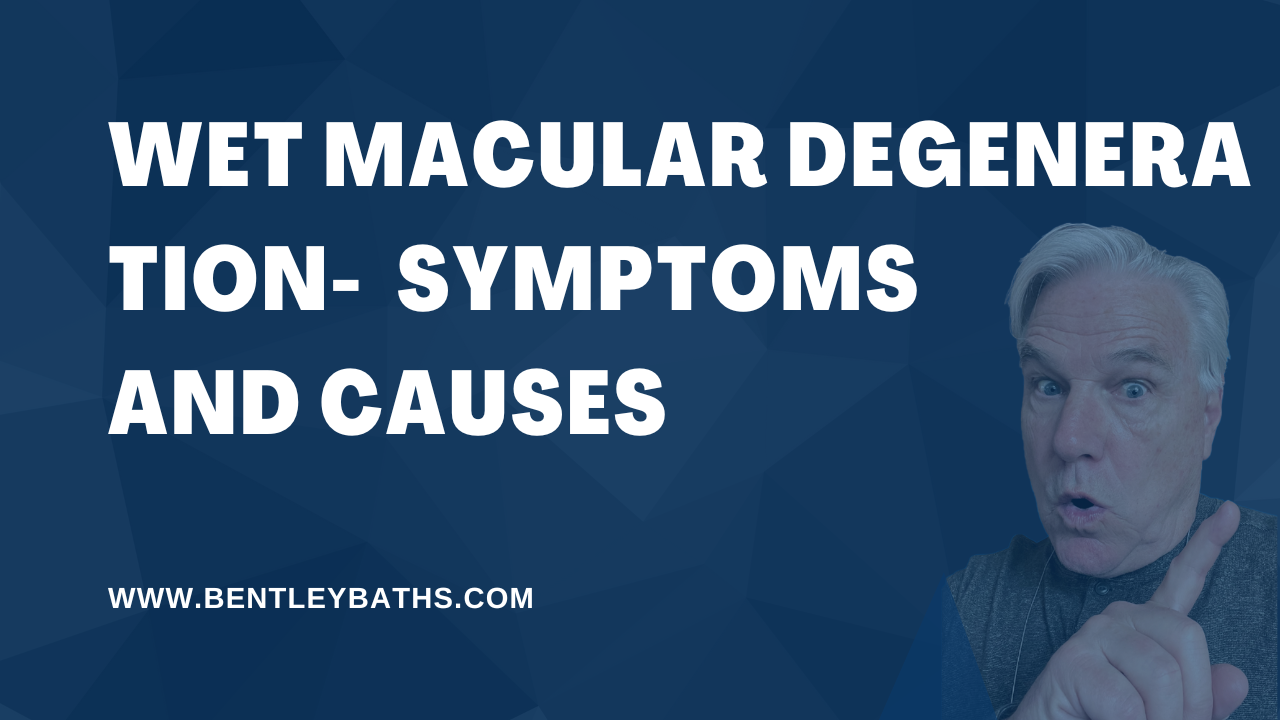Wet Macular Degeneration: Symptoms and Causes

Wet macular degeneration, also known as neovascular age-related macular degeneration (AMD), is a progressive eye disease that affects millions of people worldwide. It is a leading cause of vision loss and can significantly impact a person’s quality of life. This article aims to shed light on the symptoms and causes of wet macular degeneration, providing valuable information to individuals seeking a better understanding of this condition.
Symptoms of Wet Macular Degeneration:
- Blurred or distorted vision: A common symptom of wet macular degeneration is a gradual loss of central vision. Objects may appear blurred or distorted, making it difficult to perform tasks such as reading, driving, or recognizing faces.
- Dark or empty areas: Individuals with wet macular degeneration may experience the formation of dark or empty spots in their central vision. These blind spots can enlarge over time and may hinder daily activities that require precise vision.
- Straight Lines Appear Curved: A notable symptom of wet macular degeneration is the appearance of straight lines as wavy or curved. This phenomenon, known as metamorphopsia, can be a telltale sign of macular degeneration.
- Reduced Color Sensitivity: Another symptom is a decreased ability to perceive colors vividly. Colors may appear faded or less vibrant than usual.
Causes of wet macular degeneration:
- Abnormal Blood Vessel Growth: The primary cause of wet macular degeneration is the abnormal growth of blood vessels beneath the retina. These vessels are fragile and prone to leaking blood and fluid, leading to the formation of scar tissue and retinal damage.
- Age and Genetics: The risk of developing wet macular degeneration increases with age, particularly after the age of 50. Genetic factors also play a significant role, as individuals with a family history of macular degeneration are more susceptible to developing the condition.
- Lifestyle Factors: Certain lifestyle choices can contribute to the development and progression of wet macular degeneration. Smoking, a sedentary lifestyle, a poor diet lacking essential nutrients, and excessive exposure to sunlight without proper eye protection are among the factors that can increase the risk.
- Comorbidities: Individuals with certain underlying health conditions, such as hypertension, cardiovascular disease, and obesity, may have a higher risk of developing wet macular degeneration. These conditions can affect blood flow and promote the growth of abnormal blood vessels.
Understanding of wet macular degeneration:
Wet macular degeneration is a serious eye condition that can cause significant vision loss if left untreated. Recognizing the symptoms and understanding the underlying causes are crucial for early detection and timely intervention. If you experience any changes in your vision or suspect the presence of macular degeneration, it is vital to seek professional medical advice promptly.
Although there is no cure for wet macular degeneration, several treatment options are available to slow its progression and preserve the remaining vision. These include intravitreal injections of anti-vascular endothelial growth factor (VEGF) medications, laser therapy, and photodynamic therapy.
By raising awareness about the symptoms and causes of wet macular degeneration, individuals can take proactive steps to protect their vision and make informed decisions about their eye health. Regular eye exams, a healthy lifestyle, and early intervention can greatly improve the prognosis for those affected by this condition, enhancing their overall quality of life.









